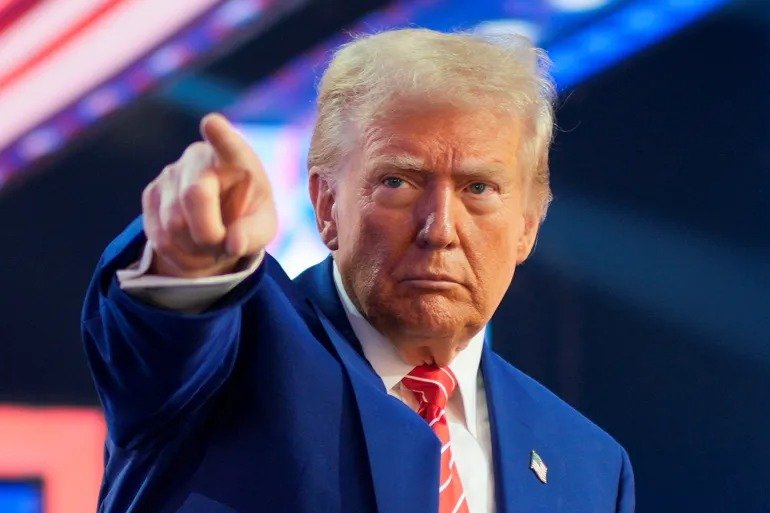The Trump administration has introduced an unusual program called the “deferred resignation program” which offers nearly 2 million full-time federal employees a chance to resign with a substantial financial incentive. Federal workers are being given the option to leave their jobs by February 6 2025 and in return they would receive up to eight months’ pay without having to perform their regular duties. While employees will remain on the payroll until September 30 many of their responsibilities may be reduced or eliminated.
The program is part of President Trump’s larger plan to make the federal government more efficient by shrinking its size and restructuring various departments. The goal is to create a “more streamlined and flexible workforce” though some government sectors like the military might actually increase staffing numbers. The offer does not apply to workers in national security immigration or the U.S. Postal Service.
While the initiative aims to save money and reduce costs it has raised concerns among federal employees many of whom are cautious about accepting the offer. Unions like the National Treasury Employees Union which represents over 150000 federal workers have warned employees not to rush into resigning. They suggest the program might be a strategy to push workers out. The unions also raised concerns about job security as the offer comes amid a broader effort to cut government spending including a hiring freeze and the reclassification of employees to “at-will” status making it easier to fire them without cause.
Some analysts predict that up to 10 percent of federal workers could leave which could potentially save the government up to 100 billion dollars. However the exact number of employees who will accept the offer remains uncertain and the program has sparked mixed reactions. While some federal workers see it as an opportunity for an early exit with a good financial package others fear it will lead to instability layoffs and a toxic work environment as they worry about their future job security.
This move by the Trump administration is just one part of a larger strategy to reshape the federal government and reduce its budget with some analysts estimating that Trump initially aimed for a 2 trillion dollar cut in federal spending although this figure has since been revised downward. The final impact of the program on federal workers and government operations is yet to be seen but it has already created a wave of uncertainty and concern across the workforce.


